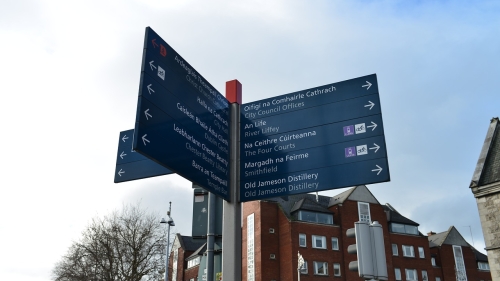
INTRODUCTION
The Battle Creek region, like other regions of the industrial Midwest, is cripple by structural bias, leading to segregated schooling that creates concentrated pockets of vulnerability which limit career and college readiness for particular Battle Creek region students. While all communities in the Battle Creek region are predominately White, nearly-two thirds of students attending Battle Creek Public Schools is non-White. Thus, segregation mixed with income inequities breed systems of vulnerability in the region, which appear to concentrate poverty among Asian, Black, Latinx, and extremely poor White residents. What is clear from this study is that structural bias drives key educational (outcome) gaps between school districts and within them. Vulnerable students, for example, experience education significantly different than their less vulnerable peers. Moreover, across education data points, disparity (i.e., disproportionality) plays out between more and less vulnerable students. Policies governing education in the Battle Creek region intensify such disparities, as school systems and programs serving vulnerable students are inequitable (for example not providing some students access to a rigorous, college prep curriculum necessary for success on college entrance exams). These structures graduate vulnerable students at lower rates and offer them fewer post-high school options. Thus, structural inequalities drive the gaps in college and career readiness across the region.
RESEARCH QUESTIONS
- What does it mean to be college and career ready in Battle Creek?
- How do community members perceive schools and educational opportunities in the region?
- What resources, supports, and other school and community inputs shape college and career readiness for Battle Creek region students?
FINDINGS
1. Structural Bias and Segregation. Atructural bias and segregation are key factors limiting career and college readiness for vulnerable Battle Creek region residents. The issues of structural bias and segregation seem tied to the State of Michigan’s 2003 “Schools of Choice” Policy, which has deepened tensions surrounding racial, cultural, and linguistic differences throughout the state and, by association, across the Battle Creek region. According to one community respondent, “The Battle Creek region is racially, culturally, and linguistically diverse but deeply segregated.”
2. Disproportionality and Vulnerability. The systems of vulnerability are achieved and maintained through the segregation of community members and, even more so, students by race and socioeconomic status. The majority of the regions vulnerability is contained in the neighborhoods within the Battle Creek Public Schools, which have the highest concentrations of poverty. Such concentrations of poverty disproportionately impact residents of color and poor White residents, leaving them with unequal access to careers and colleges.
3. A Fragile Hope. In spite of some sobering realities, the Battle Creek region is best typified by a fragile hope and the potential of its many promises. These rather unique attributes of a region daring to come together and collaboratively confront stubborn structural issues that disadvantage particular groups can move the region and its residents beyond deeply-seated vulnerabilities and toward unique pathways that could lead to meaningful careers and college. Community members, teachers, and students do their best work together in creating schools that provide more than just academic learning. Each of these groups wants schools to teach children specific skills that will help them be successful in school and beyond it. They also want schools to be supportive and nurturing environments, where children can grow and lead full and affirming lives. Indeed, there are divisions between communities and school districts. Notwithstanding, Battle Creek is resource rich – it has all or most of the resources it needs to interrupt structural inequities and transform education for its vulnerable youth.
CONCLUSION
The data shows that the students who are most on track for college and career are White students who are not economically disadvantaged. Comparatively, Black students and students from low-income backgrounds are more likely to be off-track for college and career. That is, students from Lakeview, Harper Creek, and Pennfield are more likely to be on-track compared to students from Battle Creek. These points of being on or off track are evident at every level of the cradle-to-career pathway, starting with access and utilization of early childhood programs and continuing on through secondary and post-secondary programs. At the same time, it is apparent that the Battle Creek Community is resource rich, meaning that is has the sufficient capacity to help support improved college and career readiness, but lack the necessary coordination, shared vision, and collective will to do so.
Further links
Links and publications
Study of Education in Battle Creek Read the Slide Deck Read the Recommendations
